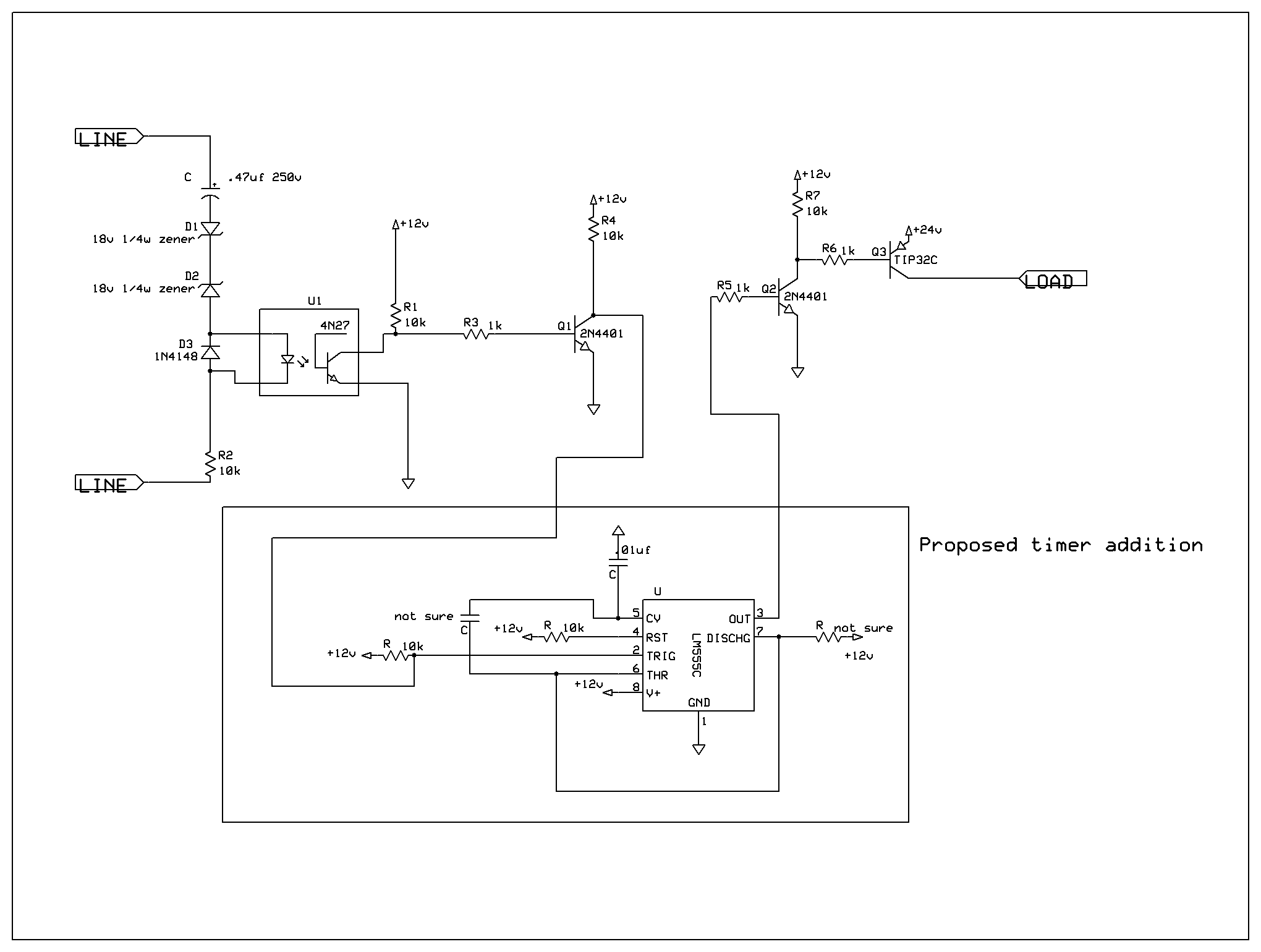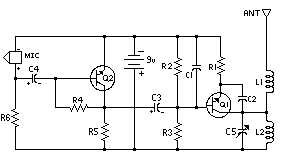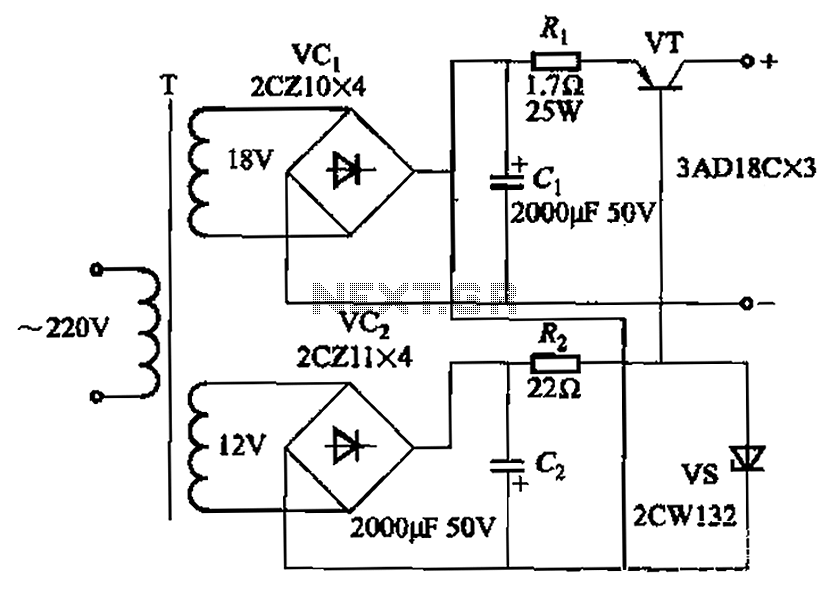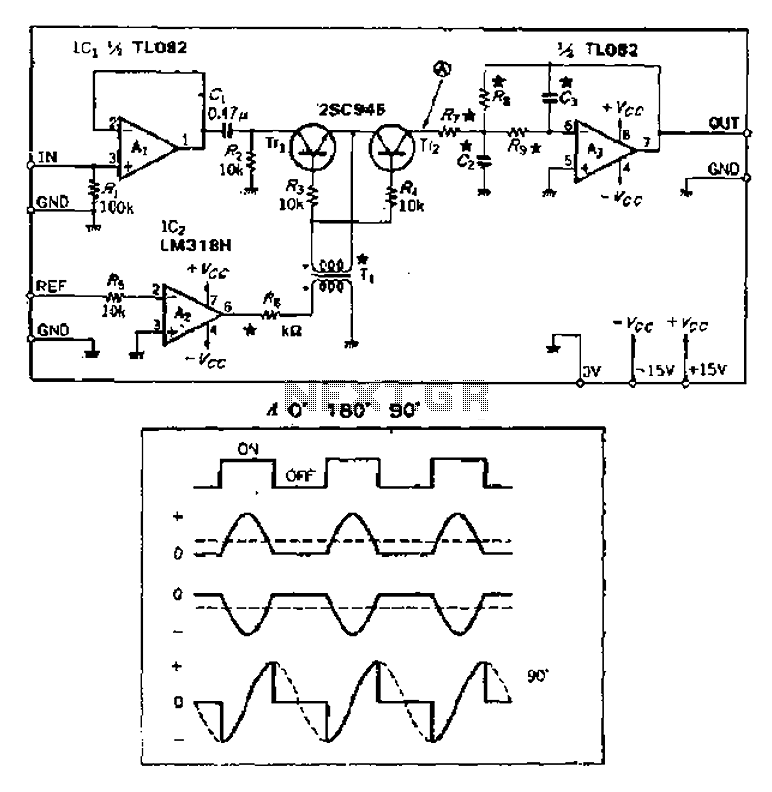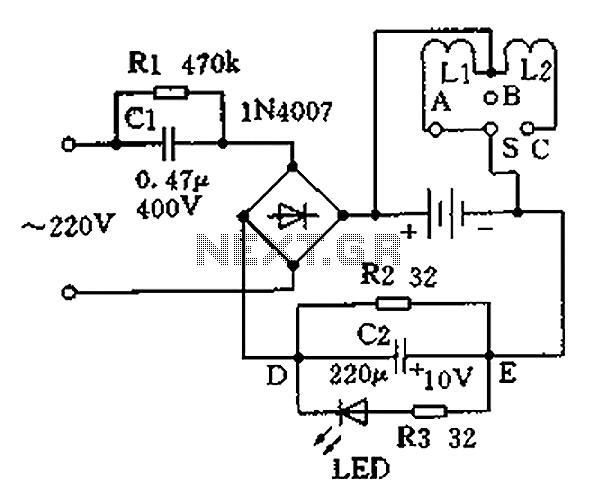
Electronic circuit diagram of frostbite treatment device
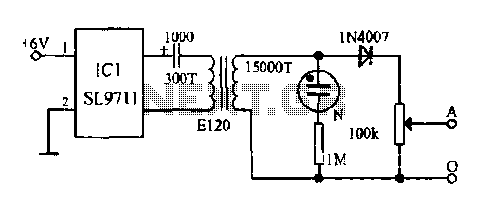
The electronic frostbite treatment instrument ASIC SL9711 consists of an oscillation circuit, a power amplifier, and a controller. It generates a sine wave at frequencies of 100 Hz and 3 Hz, followed by a step-up transformer with potentiometer adjustment for the EA loop current. The output of the diode is added, resulting in a pulsating current waveform flowing through the body. This stimulation of the motor nerves induces muscle tremors. After several seconds, the sensation of trembling subsides, and sensory and motor nerves are suppressed, which raises the pain threshold and provides an analgesic effect. This occurs due to the inhibition of AC ripple current and the denaturation and decomposition of nerve proteins, leading to the release of vasoactive peptide substances. Once the pulsating current ceases, local blood circulation improves, enhancing the post-analgesic effect.
The ASIC SL9711 is designed specifically for the treatment of frostbite through controlled electrical stimulation. The oscillation circuit generates precise sine waveforms at specified frequencies, which are crucial for eliciting the desired physiological response. The 100 Hz and 3 Hz frequencies are selected based on their effectiveness in stimulating peripheral nerves and promoting muscle activity, which can be beneficial in treating conditions related to frostbite.
The power amplifier is integral to the circuit, as it boosts the low-level signals generated by the oscillation circuit to a level suitable for therapeutic application. The inclusion of a step-up transformer allows for the adjustment of the output voltage, which can be fine-tuned using a potentiometer. This capability ensures that the current delivered to the body can be customized for individual treatment needs, optimizing the therapeutic effects while maintaining safety.
The output stage of the device incorporates a diode that shapes the current into a pulsating waveform. This waveform is essential for stimulating nerve fibers effectively. The pulsating nature of the current induces a series of muscle contractions, which can lead to increased blood flow and pain relief. The initial muscle tremors experienced by the patient are a direct result of motor nerve activation, and as these tremors diminish, the analgesic effect begins to take place.
The mechanism behind the analgesic effect involves the suppression of sensory and motor nerve activity, which elevates the pain threshold. This is further enhanced by the inhibition of AC ripple currents, which can contribute to discomfort. Additionally, the denaturation of nerve proteins leads to biochemical changes that facilitate the release of vasoactive peptides, promoting vasodilation and improving local circulation.
Upon cessation of the pulsating current, the enhanced blood flow can aid in the recovery of frostbitten tissues, thereby supporting the healing process. The design of the ASIC SL9711 exemplifies a sophisticated approach to therapeutic electrical stimulation, combining precise engineering with a deep understanding of human physiology to address the complex challenges associated with frostbite treatment.Electronic frostbite treatment instrument ASIC SL9711 constitute an oscillation circuit, a power amplifier and controller, and generates 100Hz 3Hz sine wave, after the step-up transformer potentiometer adjustment EA loop current. Since the output of the diode added, and thus the current flowing through the body of pulsating current waveform. In the human body, motor nerve stimulation causes muscle tremor sense. After several seconds, Ma trembling feeling disappeared, sensory and motor nerves begin to be suppressed, and the pain threshold rose rendering analgesic effect due to inhibition of AC ripple current and the current through the nerve protein denaturation decomposition occurs trace, open into vasoactive peptide substance, which after a pulsating current is stopped, there improve local blood circulation and post analgesic effect.
The ASIC SL9711 is designed specifically for the treatment of frostbite through controlled electrical stimulation. The oscillation circuit generates precise sine waveforms at specified frequencies, which are crucial for eliciting the desired physiological response. The 100 Hz and 3 Hz frequencies are selected based on their effectiveness in stimulating peripheral nerves and promoting muscle activity, which can be beneficial in treating conditions related to frostbite.
The power amplifier is integral to the circuit, as it boosts the low-level signals generated by the oscillation circuit to a level suitable for therapeutic application. The inclusion of a step-up transformer allows for the adjustment of the output voltage, which can be fine-tuned using a potentiometer. This capability ensures that the current delivered to the body can be customized for individual treatment needs, optimizing the therapeutic effects while maintaining safety.
The output stage of the device incorporates a diode that shapes the current into a pulsating waveform. This waveform is essential for stimulating nerve fibers effectively. The pulsating nature of the current induces a series of muscle contractions, which can lead to increased blood flow and pain relief. The initial muscle tremors experienced by the patient are a direct result of motor nerve activation, and as these tremors diminish, the analgesic effect begins to take place.
The mechanism behind the analgesic effect involves the suppression of sensory and motor nerve activity, which elevates the pain threshold. This is further enhanced by the inhibition of AC ripple currents, which can contribute to discomfort. Additionally, the denaturation of nerve proteins leads to biochemical changes that facilitate the release of vasoactive peptides, promoting vasodilation and improving local circulation.
Upon cessation of the pulsating current, the enhanced blood flow can aid in the recovery of frostbitten tissues, thereby supporting the healing process. The design of the ASIC SL9711 exemplifies a sophisticated approach to therapeutic electrical stimulation, combining precise engineering with a deep understanding of human physiology to address the complex challenges associated with frostbite treatment.Electronic frostbite treatment instrument ASIC SL9711 constitute an oscillation circuit, a power amplifier and controller, and generates 100Hz 3Hz sine wave, after the step-up transformer potentiometer adjustment EA loop current. Since the output of the diode added, and thus the current flowing through the body of pulsating current waveform. In the human body, motor nerve stimulation causes muscle tremor sense. After several seconds, Ma trembling feeling disappeared, sensory and motor nerves begin to be suppressed, and the pain threshold rose rendering analgesic effect due to inhibition of AC ripple current and the current through the nerve protein denaturation decomposition occurs trace, open into vasoactive peptide substance, which after a pulsating current is stopped, there improve local blood circulation and post analgesic effect.

